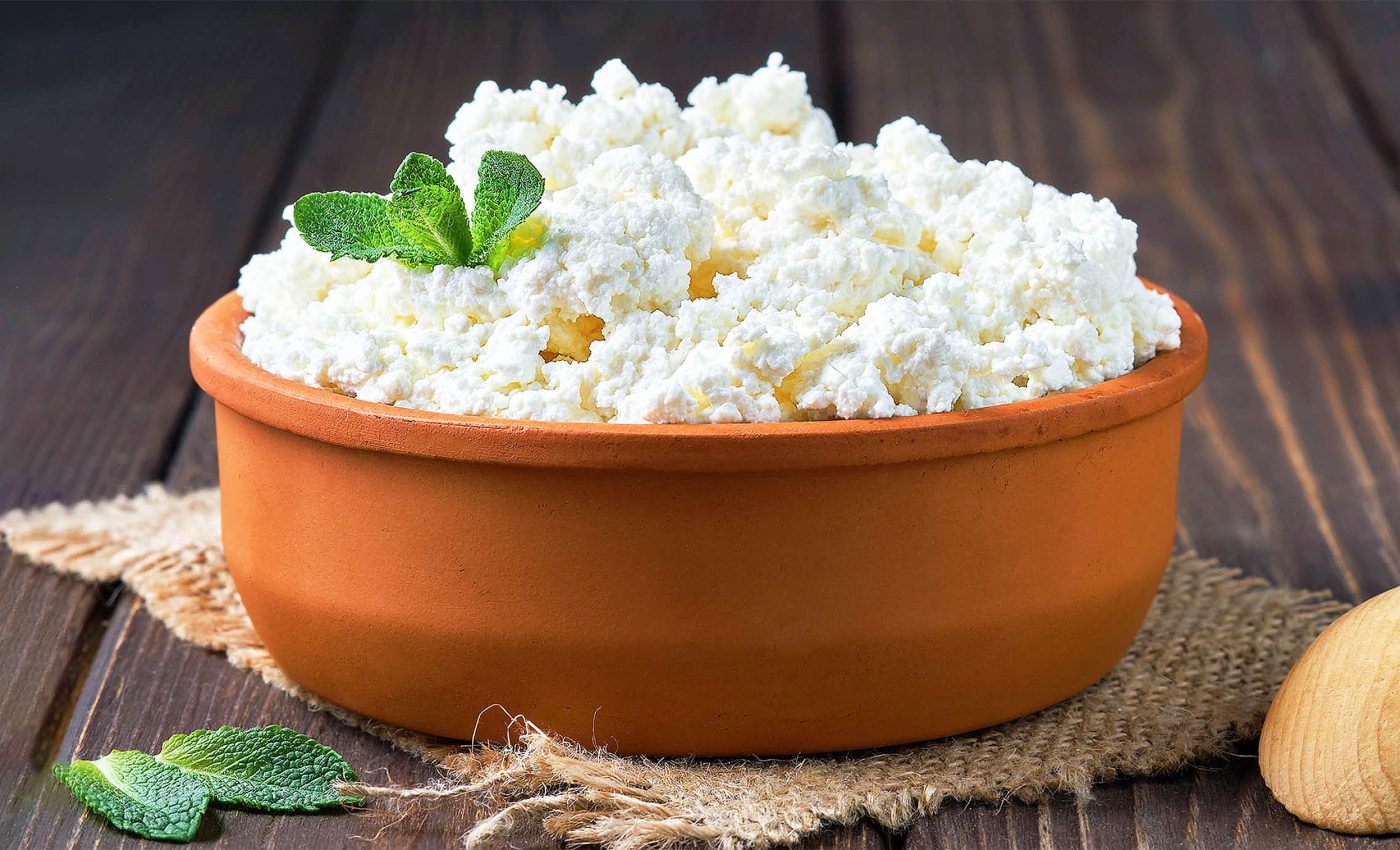
Cottage cheese is making a comeback due to its nutritional benefits
Are you scrambling through TikTok and Instagram, trying to keep up with the latest food trends? You may be surprised by the comeback king in the food arena — cottage cheese.
Banished with 1970s fad diets, this humble dairy product is enjoying a revival, turning your breakfast bowls to gourmet desserts.
What’s triggering this comeback, and how can you make cottage cheese your daily companion? Let’s learn more about this protein-rich superhero’s universe.
Origins of cottage cheese
Cottage cheese may be mistaken as a new fad, but it has roots spreading over millennia. Unlike its aged relatives, this fresh cheese has been a dietary staple since ancient times, dating back to Mesopotamian times and omnipresent in Ancient Egypt’s kitchens and Europe later on.
“Cottage cheese” pays homage to its cozy cradle — traditional cottages or homes, contrasting large dairy industries, thus strengthening its rustic allure.
This elementary manufacturing method introduced a bacterial culture or food-grade acid to pasteurized milk, causing curds to leave the whey. The curds were cooked, rinsed, and lightly salted, forming the soft, lumpy texture we tie to cottage cheese.
Packed full of nutrition
Cottage cheese isn’t just another ingredient in your pantry; it’s a nutrient marvel. According to the American Cheese Society, a low-fat (2%) cup (210 grams) of cottage cheese packs an array of nutrients:
- Calories: Roughly 206 kcal
- Protein: 28 grams
- Fat: 8 grams (including 3 grams of saturated fat)
- Carbohydrates: 6 grams (all sugars)
- Calcium: 206 mg (21% of the daily value)
- Sodium: 918 mg (40% of the daily value)
- Vitamin B12: 1.3 mcg (54% of the daily value)
- Phosphorus: 276 mg (25% of the daily value)
- Selenium: 18 mcg (33% of the daily value)
These nutritious factors make cottage cheese particularly favorable for those wishing to raise their protein intake without overloading on calories or fat.
It comes packed with vital minerals like calcium, phosphorus, and selenium, along with B vitamins, counting the elusive B12.
How to use it in the kitchen
The booming comeback of cottage cheese doesn’t solely rely on its health perks; its cooking versatility is another appeal. Nevertheless, be mindful of a few pointers to guarantee the best outcomes when cooking it.
Adjust the salt content in a recipe featuring cottage cheese, as it is naturally high in sodium. Secondly, reserve the non-fat versions of cottage cheese for your shopping cart as they contain more sugar and carbohydrates and could misbalance your recipe’s texture and taste.
New-age uses of cottage cheese
The versatility card played by cottage cheese is one reason for its extraordinary comeback. It is no longer confined to diets or a basic snack, as culinary enthusiasts are keen on inventing innovative ways to embed it into assorted dishes.
Cream cheese substitute
A top contemporary use for cottage cheese is substituting cream cheese, especially favorable for those opting for healthier choices without compromising on the flavor.
Blend cottage cheese in a blender to achieve the creamy texture seen in cream cheese. Add a few spoonfuls of heavy cream or half-and-half to thicken it up if it’s too runny. Then, stir in your preferred cream cheese flavors.
Scrambled eggs revolution
Don’t settle for ordinary scrambled eggs when you have cottage cheese! The mild-flavored cheese enhances the eggs without overpowering them. Plus, you get a bonus protein boost that will leave you feeling full for longer.
Bake your way to health
Cottage cheese is even making waves in the baking scene, thanks to its creamy texture and high protein content. It can be a secret ingredient in your bread, muffins, and other baked goods, imparting moisture and subtle tanginess, taking the flavor game up a notch.
Add tasty nutrition to your summer
The revival of cottage cheese reflects the ever-changing foodscape and a rising awareness about the essence of nutrition.
Whether you want to increase your protein intake, find healthier alternatives for high-fat ingredients, or simply experiment with exciting recipes, cottage cheese opens a world of possibilities.
Keep an open mind as you unveil the potential of this once disregarded dairy product and get inventive. With its rich history, an extensive nutritional profile, and versatility, cottage cheese indeed deserves its newfound celebrity status.
So, the next time you’re at the grocery store, pick up a tub and start experimenting. Who knows? It might soon become your new food buddy.
—–
Like what you read? Subscribe to our newsletter for engaging articles, exclusive content, and the latest updates.
Check us out on EarthSnap, a free app brought to you by Eric Ralls and Earth.com.
—–













